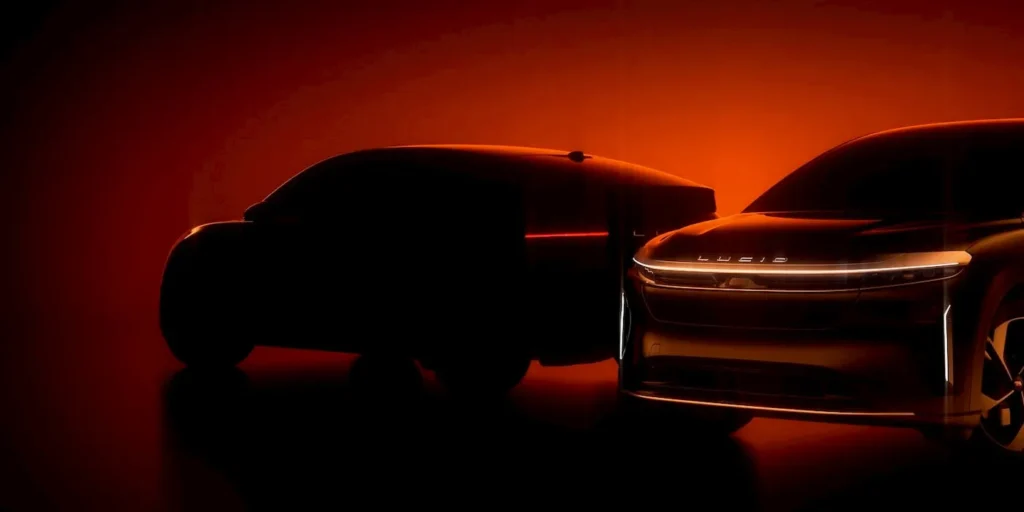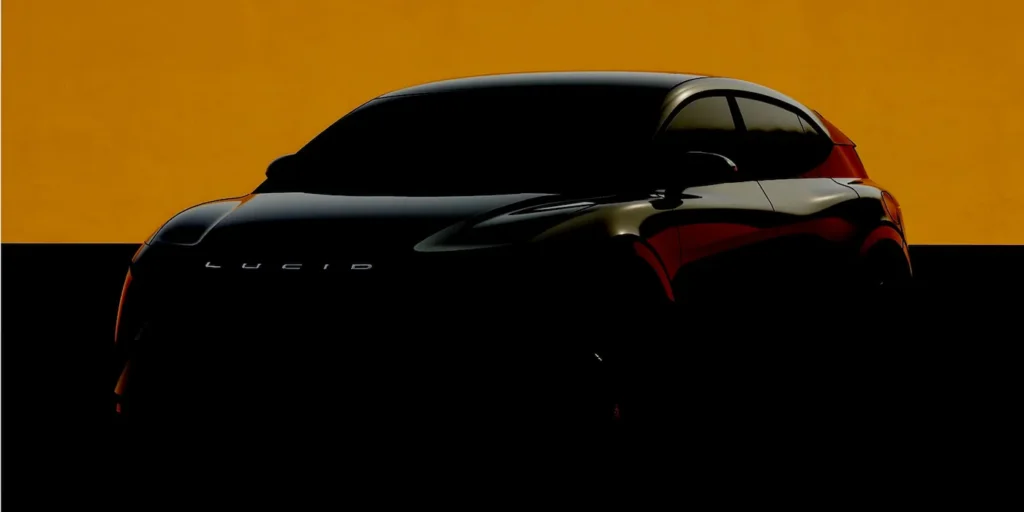On October 28, 2025, Lucid Motors sketched an audacious new chapter: a midsize electric vehicle—priced to compete in the pithy of the market—that aims to ship with Level 4 (“mind-off”) autonomous capability powered by Nvidia’s next-gen DRIVE AGX Thor computing platform. If it lands anywhere close to plan, this is more than another model announcement; it’s a strategic pivot that could drag the conversation about consumer autonomy out of pilot programs and into garages.
pa
Lucid said it intends to deliver one of the first consumer-owned Level 4 autonomous vehicles by integrating Nvidia DRIVE AGX Thor—Nvidia’s consolidated, ultra-high-performance automotive computer—into its upcoming midsize platform. In contrast to limited city pilots or geo-fenced robo-fleets, Lucid is explicitly framing this as a privately owned product pathway, not just a service vehicle.
Reuters’ report sharpened the message: Lucid plans to launch a Level 4 self-driving midsize EV using Nvidia chips, with a sensor stack that blends cameras, radar, and lidar—a philosophical split from Tesla’s camera-only approach. That “eyes-off, hands-off” ambition represents the industry’s holy grail for personal vehicles, and Lucid is staking both its near-term roadmap and public narrative on it.
flow
Nvidia’s Thor is designed as a single, centralized computer that unifies ADAS, autonomy, infotainment, and vehicle dynamics—replacing the fractal sprawl of dozens of ECUs. Lucid says the Thor stack (in some descriptions, dual Thor computers) will power its autonomy roadmap, pairing Nvidia DriveOS and Drive AV with Lucid’s sensor fusion and software. Centralization reduces latency and complexity, and it allows the company to update behavior over the airwithout the patchwork of multiple suppliers.
Beyond the car, Lucid also plans to use Nvidia’s industrial platforms—Omniverse and related toolchains—to simulate, validate, and even improve manufacturing. That matters: autonomy is a data problem as much as a driving problem, and scalable tools for synthetic data, closed-loop validation, and digital twins are now table stakes.
stance
By declaring a camera + radar + lidar suite, Lucid aligns with the safety-through-redundancy camp. Radar can see through rain and fog; lidar supplies precise 3D structure; cameras read semantics like lane markings and signals. The multi-modal setup aims to reduce corner-case brittleness and expand the ODD more quickly—especially important if Lucid wants to avoid the public-perception pitfalls of driver-monitoring gray zones that have dogged Level 2+. It also telegraphs engineering conservatism: L4 promises invite scrutiny, and a belt-and-suspenders architecture is easier to defend with regulators and insurers.
fwd
Lucid has said the midsize EV family is targeting launch in 2026, with the Nvidia autonomy stack as the core enabler of L4 consumer capability. The company’s press language is careful: the plan is to deliver one of the first consumer-owned Level 4 vehicles, along a roadmap that begins with L2++ (eyes-on) behaviors in Gravity and then expands to “mind-off” within defined domains. The nuance matters: policy, mapping, validation miles, insurance frameworks, and data pipelines all gate how fast “mind-off” arrives and where it will work.
Industry-wide, we’ve learned to treat autonomy timelines as probabilistic. Cruise’s pause and relaunch gyrations and the methodical geographic expansion of Waymo illustrate how city-by-city deployments remain the norm. Lucid’s private-ownership angle adds layers: home charging logistics, OTA update cadence, human-machine interface for taking overwhen exiting the ODD, and the insurance/liability model for privately owned L4 vehicles. Even with Thor’s raw compute and a robust sensor set, those elements must harmonize.
Lucid Presents: “Driven” | Featuring Timothée Chalamet | Directed by James Mangold#CompromiseNothing pic.twitter.com/Bfs1m4auof
— Lucid Motors (@LucidMotors) September 4, 2025
how Uber, robotaxis, and partnerships fit in
While Lucid’s midsize EVs are pitched to consumers, partnerships matter. Recent reporting suggests Uber has aligned with Lucid and Nuro on a multi-year robotaxi initiative (with investment attached), positioning Gravity-based vehicles (or derivatives) as a fleet backbone in select cities. If that pipeline matures, Lucid gets a volume valve and a real-world autonomy petri dish that can feed data, learning, and validation loops back into the consumer program. For Uber, it’s a hedge toward autonomy at scale without owning a hardware factory.
Nvidia’s own communications also flagged a broader L4 ecosystem—Stellantis, Mercedes-Benz, and others exploring Thor-based or Hyperion 10-compatible stacks. That diversity is good: more Thor vehicles on roads means richer toolchains, more common validation artifacts, and a stronger third-party supplier ecosystem that Lucid can tap.
fin
Lucid’s midsize EV pitch— Nvidia Thor brains, multi-sensor redundancy, and a path to consumer Level 4—is the boldest product-market thesis in its short history. It aligns technical architecture with business necessity and reframes the brand from “haute range king” to “autonomy-first mainstream challenger.” The execution bar is sky-high. But if Lucid threads this needle, it won’t just sell another electric crossover; it could redefine why people choose a premium EV in the first place.
No comments yet.










